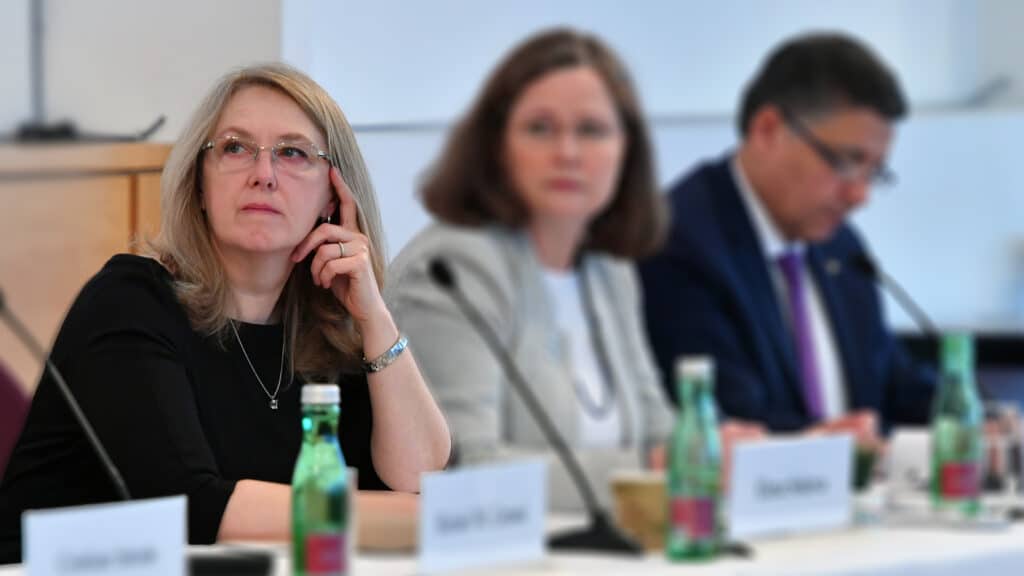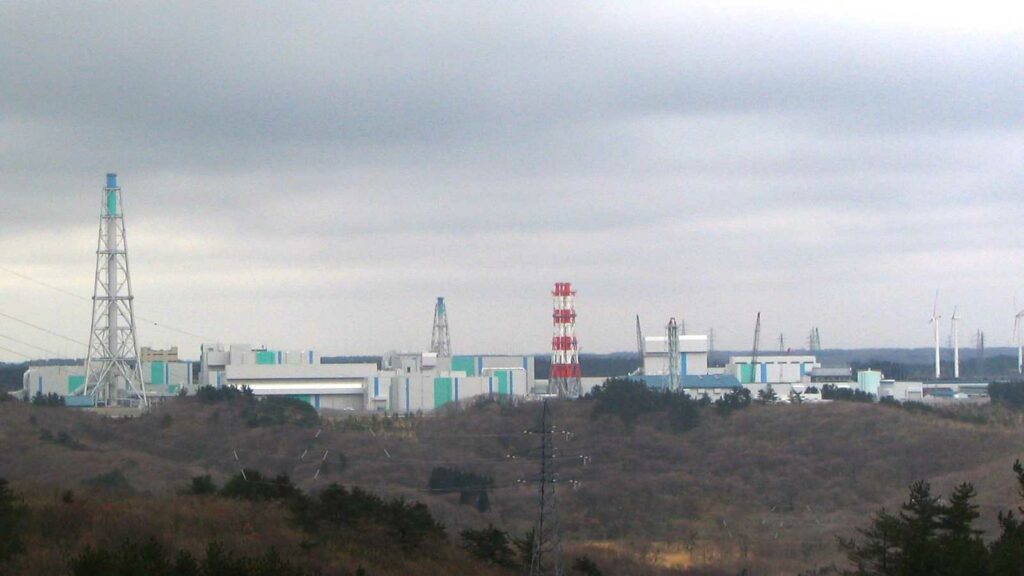Big hopes for small islands

A young Jesús M. Nuñez would have never imagined working in the nuclear industry. Growing up in Puerto Rico, a US territory with no nuclear operators, he “didn’t know what nuclear energy was. I watched the Simpsons and that was the extent of my nuclear education.” It wasn’t until his university professor introduced him to job opportunities in the nuclear industry on the mainland that he pursued a career in the design of nuclear power plants. As he worked over 13 years in designing nuclear power plants, government projects, transmission and distribution lines, so did the growing desire to bring nuclear power back to his home in Puerto Rico.

Jesús Nuñez, Co-Founder and Chief Executive Officer at the Nuclear Alternative Project
The birth of the Nuclear Alternative Project
In 2015, Jesús co-founded the Nuclear Alternative Project (NAP), a nonprofit dedicated to informing the people of Puerto Rico about the technological innovations of advanced nuclear reactors and their capabilities. The NAP is a voluntary effort by a team of Puerto Ricans working in the nuclear industry. Their aim is for the people to consider and deploy nuclear power as a viable option for the island’s energy mix.
“Our success is the result of the teamwork between our boards and volunteers”, says Jesús, who currently serves as the Chief Executive Officer. The NAP leadership – which includes Valerie Lugo, Angel Reyes and Ramon Martinez – prides on their Puerto Rican heritage and is committed to giving back to their community.
So far the NAP conducted a feasibility study that explores the potential advantages of nuclear deployment in the island and plans to study site suitability this year, all while conducting surveys and educational campaigns to gain the buy-in of the various stakeholders in Puerto Rico and the U.S. nuclear power industry. Jesús notes that they “do this work as an in-kind donation to Puerto Rico because we strongly believe that this initiative could change the future of the island.”
Benefits of nuclear power in a small island
Asked how this initiative can build a better future for the island, Jesús mentioned three key aspects informed by the NAP’s survey of over 3,000 residents: health, economic impact and resistance to natural disasters.
“When I was growing up in Puerto Rico, a lot of kids had asthma, many since birth,” he recalls, noting its probable relation to air pollution by fossil fuels. Fossil fuels dominate the island’s energy production system by generating almost 98% of its total electricity. In the process, it emits 20 million metric tons of carbon dioxide emissions per year. Going nuclear means getting closer to zero emissions, generally mitigating many of the health risks associated with fossil fuel power plants.
Furthermore, the feasibility study conducted by the NAP states that “advanced nuclear reactors provide a combination of reduced electricity costs, zero-emission baseload electricity and minimal dependency on fuel imports.” This has positive cost implications for the consumer, who want electricity bills at a lower and more affordable rate.
Moreover, the deployment of advanced nuclear reactors would promote a more stable energy grid by establishing micro-grids resilient to natural disasters. Puerto Rico’s current energy infrastructure relies on a centralized grid and large generating units, which has been severely undermined by various natural disasters of the past that often left a staggering number of residents and essential businesses without power.
Reaching out to the “silent majority”
The NAP’s approach is people-centric and focuses heavily on community engagement. They conduct surveys, hold town halls and webinars, and have plans to host conversations on TVs and radio stations. Their focus on mobilizing the community for change isn’t simply because the team working at the NAP “lived there, we know what happened there, and we want to help,” but they fundamentally understand that public perception drives nuclear policies, not science or engineering, and that their buy-in is integral to moving the discussion forward.
More importantly, they are serious about giving the people of Puerto Rico the ability to make an informed decision about bringing on nuclear power as part of their energy mix. Jesús emphasizes, “my family lives there. I care too.” Even the politicians are on board with this approach – they’ve voiced their support as long as the community is educated and supportive of the initiative.
What it means for other resource-limited countries
The framework that the NAP has set up — conducting studies and surveys, working with various stakeholders, and running education campaigns — is working. According to the NAP, public perception in nuclear power is changing and people are curious to learn more about nuclear options for the island. Whether or not the initiative is successful remains to be seen, but Jesús is hopeful that the nuclear industry sees the potential of the NAP’s approach for other small islands and resource-limited countries.
“When we created the Nuclear Alternative Project, we didn’t create it just for Puerto Rico,” says Jesús. There are islands and countries with similar profiles to Puerto Rico, and with the right funding and partners “we are open to opportunities in those places as well.”
Jesús was interviewed by Jane Kim Coloseus for Thomas Thor Associates.
Share this article
Related articles
Help us grow and achieve your potential at a values-driven business.




